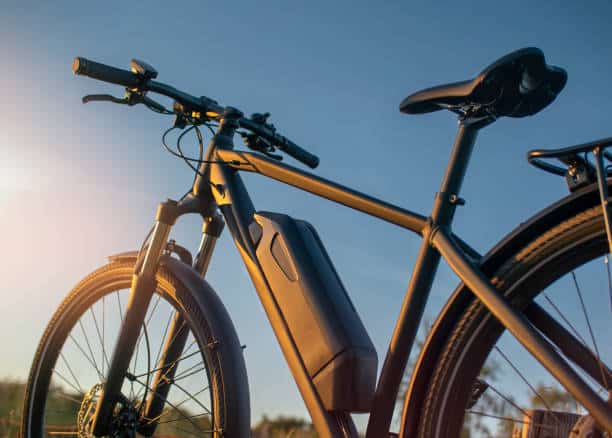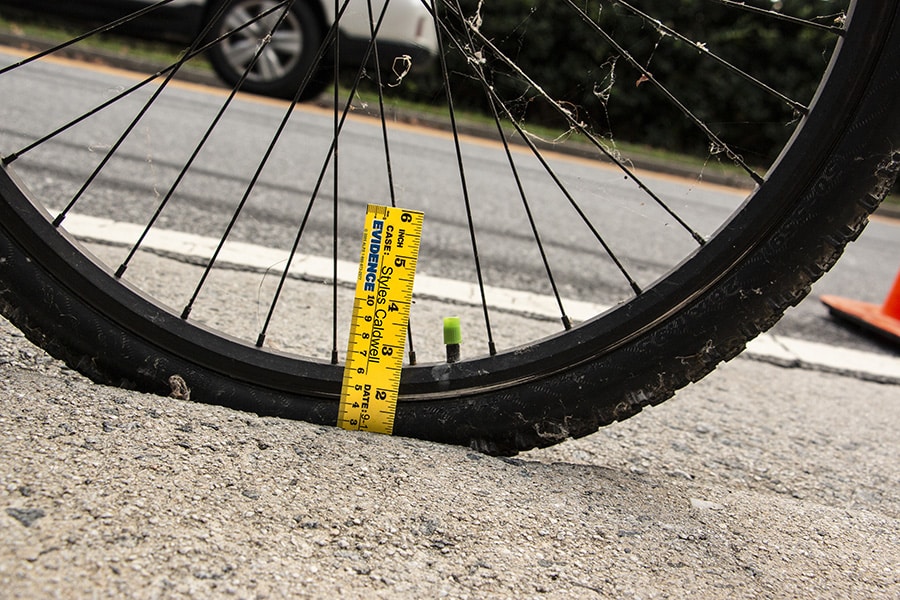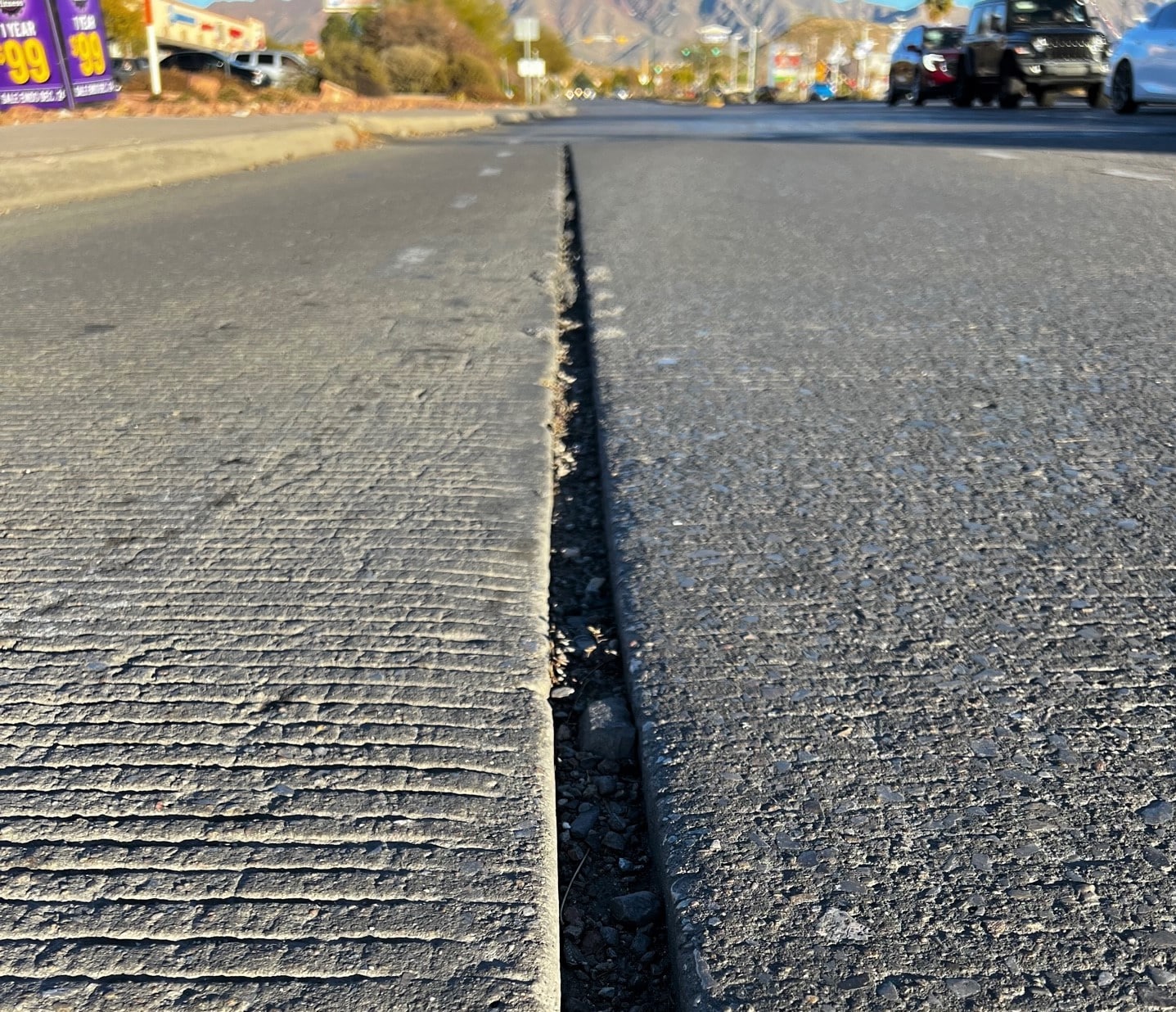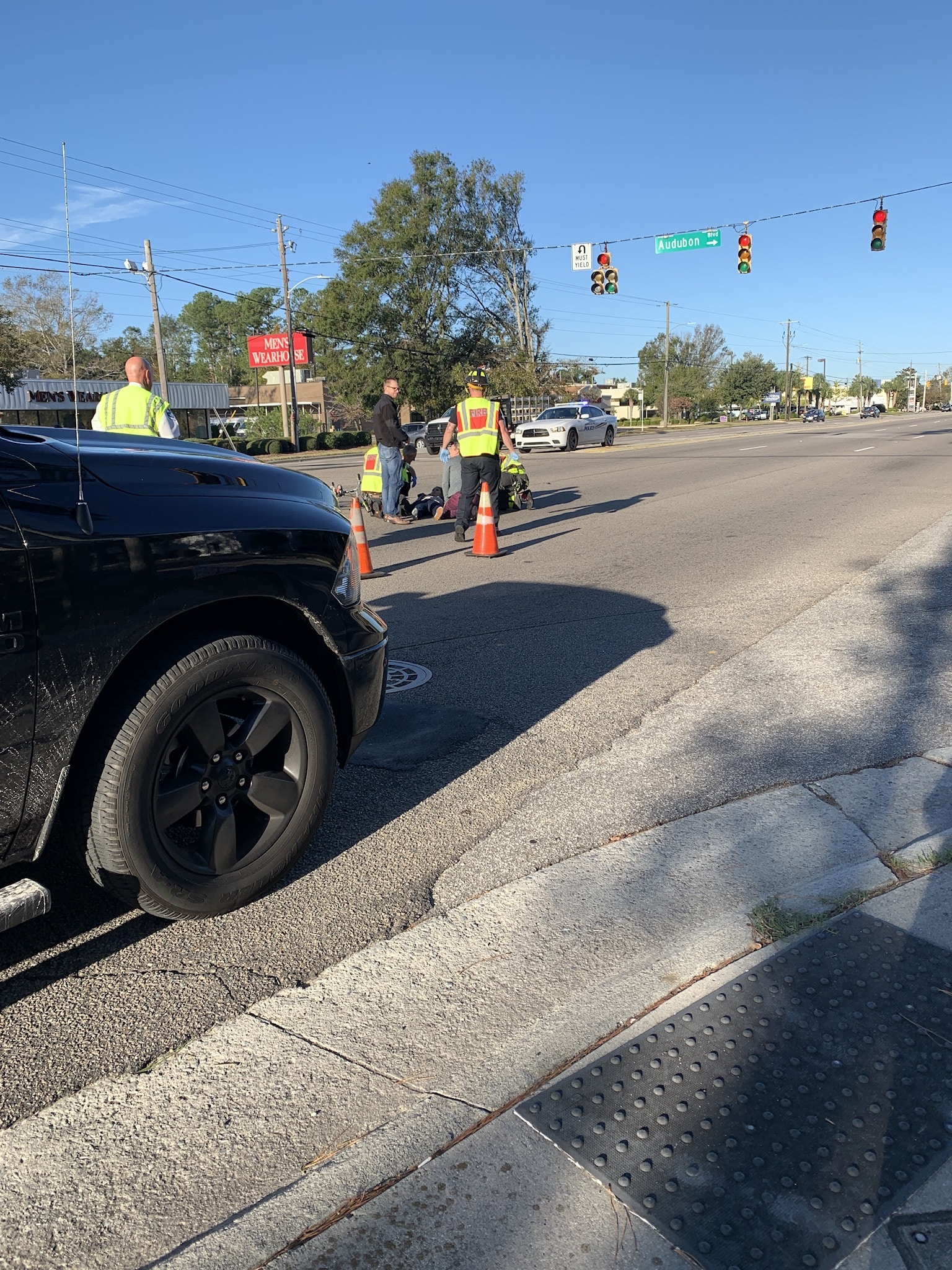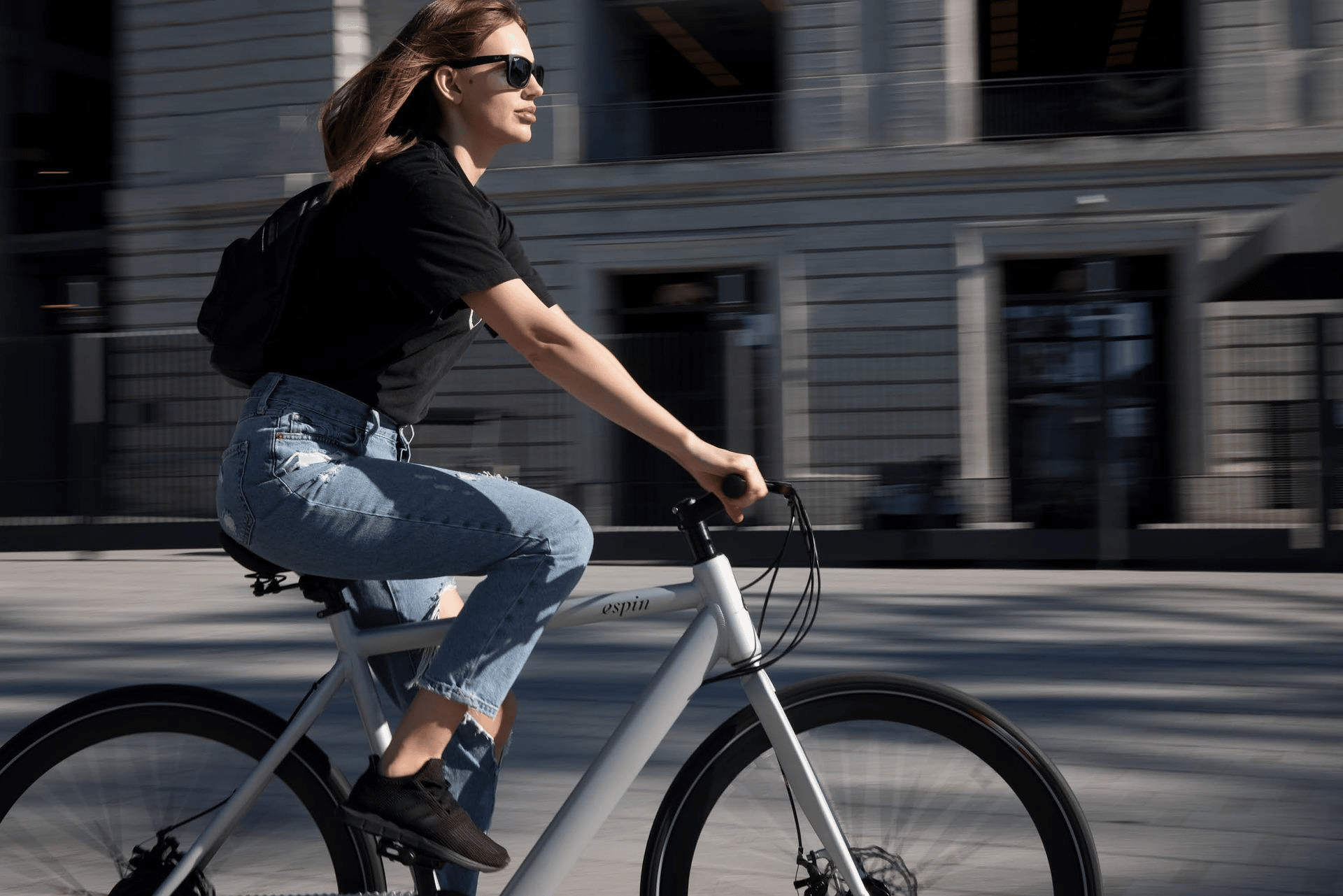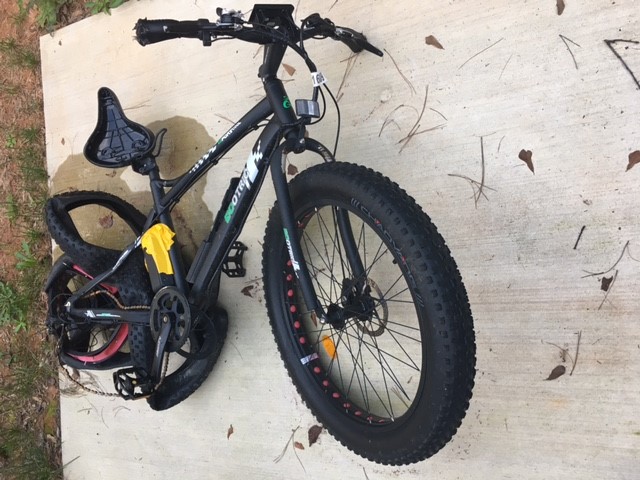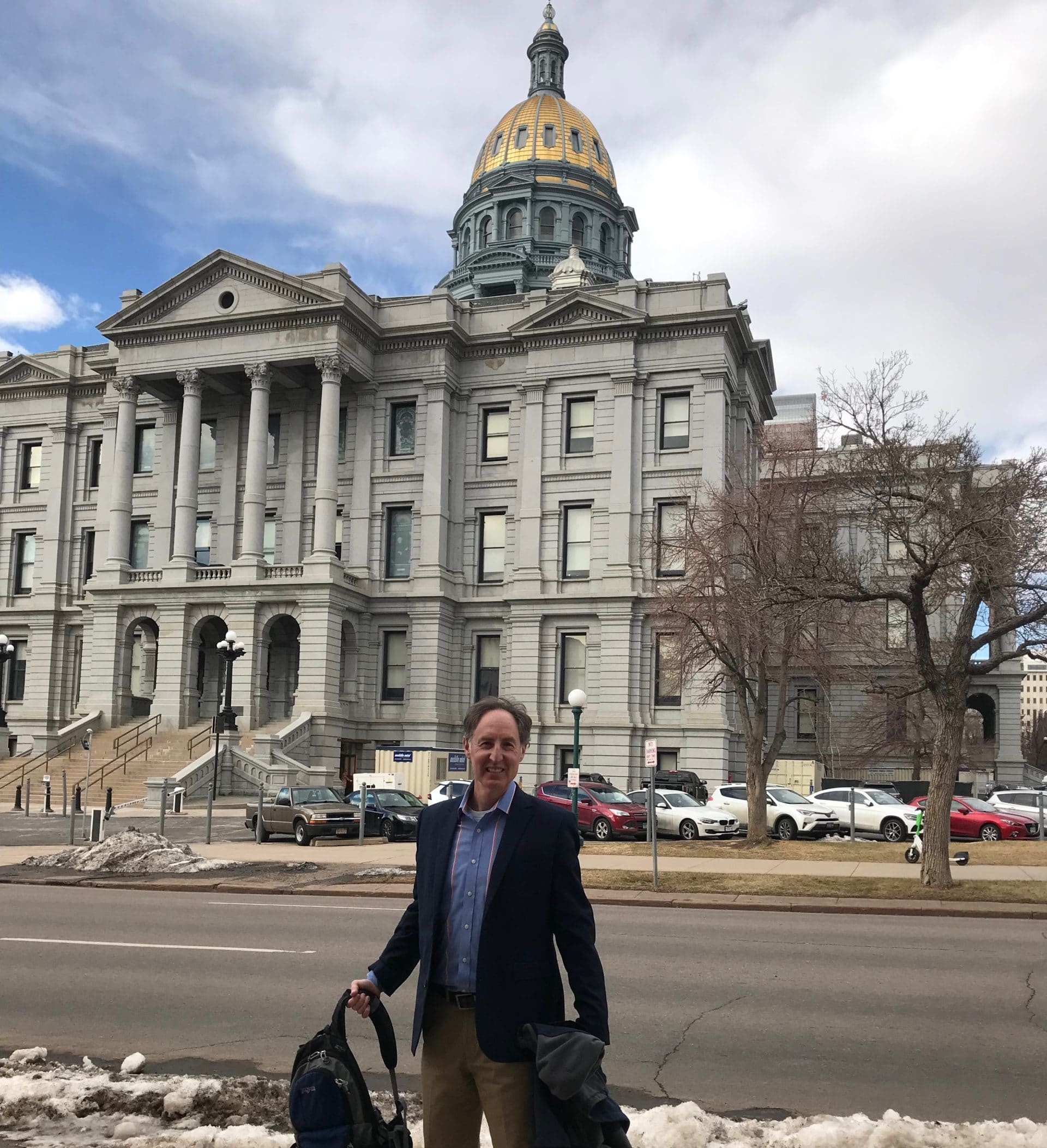Bob Mionske explains.
A collision with an automobile is the greatest fear most people have about cycling; in fact, the fear of a collision with an automobile is the single greatest impediment to getting more people on bikes—many people want to ride, but don’t feel safe when bicycle infrastructure is inadequate or nonexistent. Although a collision with an automobile is the greatest hazard cyclists face, the good news is, it’s a relatively uncommon occurrence.
Most bicycle accidents are actually solo accidents involving a defect or some other hazard in the road or trail. Additionally, in most accidents, the rider is a child. In short, collisions between adult cyclists and automobiles are relatively rare occurrences. In fact, bicycling is not only one of the most popular physical activities you can enjoy, it is also one of the safest physical activities there is.
Occasionally a cyclist and an automobile will collide. Regardless of whether a bicycle accident is a solo accident, or involves a collision with an automobile, the accident is usually the result of somebody’s negligence (“negligence” is another way of saying “carelessness”). In a collision between a bicycle and an automobile that was the result of somebody’s carelessness, the accident could be the fault of the driver, the cyclist, or both the driver and the cyclist. However, most collisions between cyclists and motorists are due to the driver’s negligence.
Other causes of bicycle crashes involve negligence on the part of the local government responsible for the condition of the roads and trails, or failure of a bicycle or bicycle part due to negligence. And sometimes, a cyclist crashes with another cyclist, a pedestrian, or a domestic animal. In all of these types of crashes, somebody is typically at fault for causing the crash, and the cyclist is entitled to be compensated for his or her injuries if the crash occurred due to another person’s negligence. Because somebody is usually at fault in an accident, many cyclists prefer to call accidents “crashes” or “collisions,” instead of “accidents,” because they believe that the word “accident” suggests that nobody is to blame, when in fact, the crash is almost always the result of somebody’s negligence.
If a cyclist is injured due to somebody else’s negligence, the cyclist has a legal right to be compensated for his or her injuries. Even if the cyclist may be partially negligent, the cyclist may still be entitled to compensation if the other person is also partially negligent. Negotiations with the driver’s insurance company will always focus on which party was negligent, and to what degree. If the cyclist and the insurance company can agree on the question of negligence and the amount of damages, the case will be settled. If they cannot reach agreement, it will be necessary for the cyclist to prove that the driver was negligent in a court of law in order to recover compensation for the injuries received.
Because the cyclist has the right to legal recourse in the courts, the vast majority of injury cases are settled out of court. However, because the legal and accident forensics issues can be complex, cyclists who have suffered anything more than very minor injuries should always discuss their case with an experienced Oregon bicycle accident attorney before talking with the driver or the driver’s insurance company.
What to do if you are involved in car-on-bike accidents and other crashes where somebody else may be at fault
Always notify the police immediately if you have been injured in a collision with a car.
Likewise, if you have been injured in a crash involving streetcar, light rail, or railroad tracks, a road surface defect or hazard, or some other hazardous condition that may be due to somebody’s negligence, notify the police immediately. Police departments will not respond to every bicycle crash; instead, they will typically have a policy of responding to crashes that reach a specified threshold or level of injury. Nevertheless, you should always notify the police if you have been involved in a crash, and if the police decide to respond to the accident scene, wait there for them so that an official report will be filed.
Don’t assume that you haven’t been injured, or that your injuries are minor.
Some cyclists do not realize that they have been injured until several hours after the accident. What may seem at first like minor injuries may later develop into serious and permanent injuries after the adrenaline wears off. By then, it may be too late to identify the at-fault driver. Cyclists are used to toughing it out, pushing themselves physically, and shaking off minor injuries. But if you’ve been injured in a collision with a car, or in a collision due to somebody else’s negligence, don’t try to tough it out. Assume that you don’t know how serious your injury may be, and wait for the police, or if they do not respond to the accident scene, collect the driver’s pertinent identification and insurance information before you both leave the accident scene.
Never negotiate with the driver at the accident scene.
Some drivers may attempt to negotiate a settlement with you at the accident scene. They may say that they don’t want to report this to their insurance company, that they don’t want their insurance rates to rise. Although you may want to give the driver a break, you should NEVER attempt to negotiate with the at-fault driver. The driver may not give you accurate information about his or her identity, insurance coverage, or vehicle ownership. Many drivers who cause accidents will initially apologize and accept blame for the accident, but later, after they have had time to consider the ramifications of their negligence, will deny that they were negligent. They may even deny that they were present at the accident scene! Meanwhile, what you thought were minor injuries may have turned out to be very serious injuries, and now you can’t find the driver, or get the driver to pay up.
If the police write an accident report, make sure that it’s accurate.
The accident report will include the driver’s statement as well as all other witness statements. The responding officer may decide to ticket the driver, and this can be useful when trying to settle the case with the insurance company. The accident report should also include the cyclist’s statement; unfortunately, law enforcement officers don’t always take a statement from the cyclist before completing their report. In these instances, the officer may have already decided that the cyclist is at fault, without even talking to the cyclist. And if you have been knocked unconscious, the only version of what happened that the police may hear will come from the driver who hit you. And guess what? These one-sided accident reports always seem to identify the cyclist as the one who caused the accident. Following the accident, make sure you give your statement to the officer if you are able to do so. Regardless of whether an accident report is written, make sure that you have the driver’s name and contact info, as well as the names and contact info of any witnesses. If you are physically unable to gather this information, ask a witness to do it for you.
In order to help determine what actually happened, following a crash the accident scene should be investigated for information about how the accident occurred.
The investigation should include obtaining skid mark measurements, photographing the accident scene, speaking with additional witnesses, and measuring and diagramming the accident scene.
Always seek prompt medical treatment for your injuries.
This is proof that you were injured, and the medical records generated by the medical provider will help establish the extent of your injuries. Have several photos taken, from different angles and under different lighting, as soon as possible after your accident. Keep a journal (an “injury diary”) of your physical symptoms, starting immediately after the accident, and make entries every couple of days. Again, don’t assume that you haven’t been injured, or that your injuries are minor. Some cyclists do not realize that they have been injured until several hours after the accident. It is only after the adrenaline wears off that they realize that they have been injured more seriously than they at first believed. And some injuries don’t become apparent until days after the crash. Always assume that you don’t know how serious your injuries are, and seek prompt medical treatment.
Leave your bike and other damaged property in the same state it was in after the accident.
Take photos of all your damaged equipment and accessories.
Do not communicate with the driver’s insurance company before consulting with an attorney.
Most cyclists want to be fair and reasonable with the insurance company. Unfortunately, when you communicate with the insurance company, they are gathering information to be used against you later. What you see as an effort on your part to communicate a fair and honest account of the accident will be seen by the insurance company as an opportunity to gather evidence in support of their argument that your negligence caused the accident. Why do they want to say that you were negligent? Because they want to avoid paying you what you are legally entitled to. Remember, insurance companies are experts at reducing the amount they legally owe you, and anything you say, no matter how innocent, can be distorted and used against you later, so DO NOT communicate with the insurance company before you consult with an attorney.
If you’ve been injured in a bicycling accident in Oregon, it’s important to talk with an experienced Oregon bicycle accident attorney. While many attorneys are competent to handle general injury cases, a bicycle accident attorney should understand bicycling and be experienced with:
- Bicycle traffic laws
- Negotiating bicycle accident cases with insurance companies
- Trying bicycle accident cases in court
- The prevailing prejudice against cyclists by motorists and juries
- The names and functions of all bicycle components
- The speed bikes travel as well as braking and cornering
- Bicycle handling skills, techniques, and customs
- How to get the full replacement value property damage estimates for your bicycle
- Establishing the value of lost riding time
- Leading bicycle accident reconstruction experts
- Licensed forensic bicycle engineers
- Establishing the value of permanent diminished riding ability
If you have been injured and don’t know what to do after a bike accident in Oregon, whether in a solo accident that may be the result of somebody else’s negligence, or in a collision with another person, contact Oregon bicycle accident attorney Bob Mionske at [email protected] or at 844-531-7530 for a free consultation.



